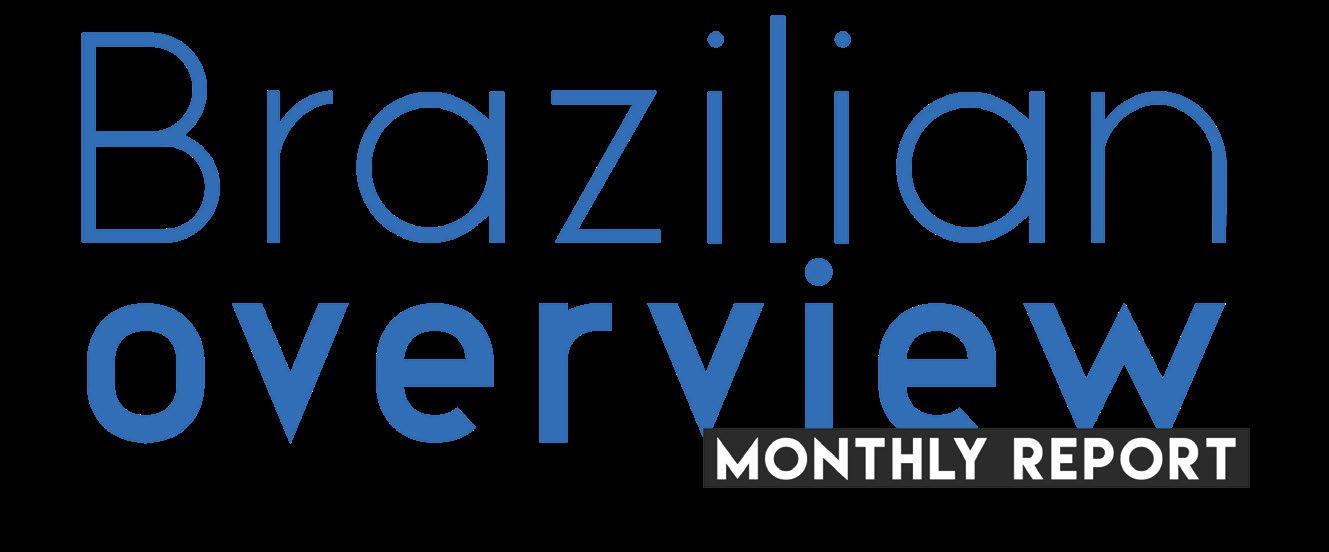










The latest data on Brazil’s economic performance showed a 1.4% growth in the first quarter of 2025, accumulating a 3.5% increase over the past 12 months, according to IBGE. The primary driver of this result was the agricultural sector, which saw a significant rise of 12.2%, fueled by a record harvest exceeding 330 million tons, with soybeans and corn as the main contributors. On the other hand, the services sector grew by only 0.3%, while industry experienced a slight contraction of -0.1%, remaining practically stable. It is worth noting that the strong performance of agribusiness is seasonal and is not expected to repeat in the coming periods, signaling an anticipated economic slowdown. This cooling trend in economic activity is reinforced by the recent decision of the Monetary Policy Committee (Copom), which raised the benchmark interest rate from 14.75% to 15% per year. Since the beginning of the current tightening cycle in the second half of 2024, when the rate stood at 10.50%, it was already expected that this monetary policy would lead to economic deceleration. Additionally, interest rates are expected to remain high for an extended period, as inflation continues to exceed the target set by the National Monetary Council (CMN) at 4.5%, and is projected to end the year above 5%. According to IBGE, consumer prices rose by 0.26% in May, accumulating a 5.32% increase over 12 months. Due to statistical factors, inflation is expected to peak in September, surpassing 5.5%, before gradually slowing down.


The effects of monetary policy are already visible across various sectors. Retail, for example, grew by 0.8% in April compared to the previous year, according to IBGE, negatively influenced by a -7.1% decline in vehicle sales. Although most segments remain positive, the growth rate is lower than at the end of 2024. The rising cost of credit has played a central role in this scenario. Central Bank data shows that lending to individuals, previously growing at double-digit rates, has begun to show more modest variations. Specifically, vehicle financing saw an 11.1% real contraction in April compared to the same month last year. The industrial sector, also sensitive to credit conditions, recorded a slight 0.3% decline in April, ending a 10-month streak of growth. Meanwhile, the services sector, which has been slowing since February, grew by 1.8% in April, with notable performances in information technology (12.2%) and tourism. The latter, according to FecomercioSP, expanded by 10.4% in April—a record for the period— accumulating nearly 7% growth for the year. High interest rates have also contributed to the appreciation of the Brazilian real. In June, the US dollar fluctuated around R$ 5.50, slightly below May’s levels. Additionally, the dollar has weakened against a basket of international currencies, reinforcing this trend. Despite geopolitical tensions, such as the conflict between Israel and Iran, the exchange rate has remained relatively stable as of this analysis. However, the rise in Brent crude prices— from US$ 65 to US$ 73 between May and June—
could pressure fuel prices if this level persists. Further complicating the economic landscape, the federal government submitted a proposal to Congress to increase the IOF (Tax on Financial Transactions) rate, directly impacting tourism by raising the cost of foreign currency purchases and certain payment cards. The measure has sparked political tension and reinforced the
perception that no major structural reforms will occur in 2025, with a greater focus on revenue increases rather than spending cuts. Although recent economic data shows positive trends on average, the deceleration is evident and expected to intensify in the second half of the year—as widely anticipated. The tourism sector, however, remains resilient and is expected to maintain strong performance throughout 2025.
1
Tourism Inflation: According to IBGE, tourism services in Brazil show divergent trends. While airfares fell by an average of -13.16% over one year, car rentals rose by 16.06%, close to the 11.28% increase in lodging. Interstate bus fares rose by 4.08%, more in line with the national average.
2
Regional Tourism: In April, Tocantins saw a 33.4% surge in tourism, according to FecomercioSP. Traditional sun-and-beach destinations followed, with Bahia (17.7%), Rio de Janeiro (16.5%), and Ceará (15.7%) benefiting from holiday periods.
3
Delinquency Rates: In São Paulo, the share of delinquent households rose from 19% in February to 21.7% in May, totaling 888,000 families with overdue bills—a direct result of high inflation and interest rates straining household budgets, which may affect retail performance.
Consumer Confidence (ICC): After a series of declines, the index rose by 0.6% in May compared to April, reaching 111.7 points, though it remains 11.6% lower year-over-year. The shift does not indicate a change in the overall scenario but rather a stabilization at a lower level. High inflation and interest rates continue to pressure budgets, a trend expected to persist this year.
Business Confidence in Commerce (ICEC): Also rose in May, increasing by 1.8% to 99.4 points. However, it remains 7.9% below the level recorded in the same month of 2024. The temporary recovery is linked to seasonal events like Mother’s Day and does not alter the trend of stability at a lower level.

Note: The ICC and ICEC range from 0 to 200. A score between 100 and 200 is considered optimistic, while below 100 is pessimistic. Although these indicators are from São Paulo, they reflect national trends, as the city—Brazil’s largest—accounts for 11% of the country’s GDP.
Dear reader of the Brazilian Overview Monthly Report,
As many of you already know, the BOM Report was born from a traditional PANROTAS publication, the Brazilian Overview, a printed yearbook launched for distribution at the main tourism trade show in the United States, IPW.
Therefore, this month we are leveraging the material delivered to foreigners in Chicago. Take advantage of the updated analyses and data to make the best deals with the Brazilian market. Enjoy your reading.

This report is produced by PANROTAS and FECOMERCIOSP to support your business decisions. The contents are valuable assets to Destinations and Travel Organizations, both domestic as well as international. For further information please contact ri@ fecomercio.com.br redacao@panrotas.com.br



